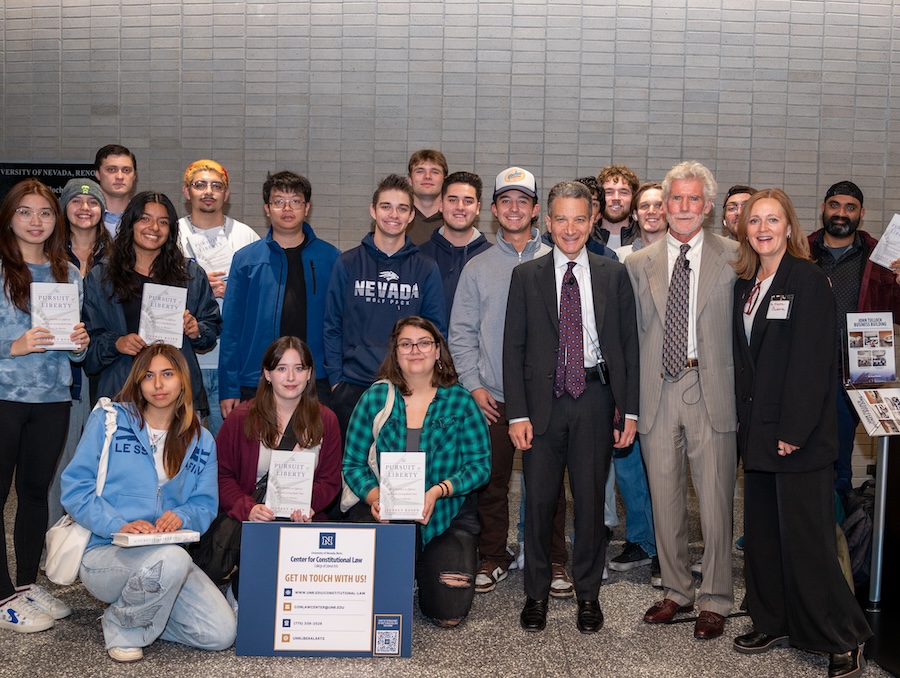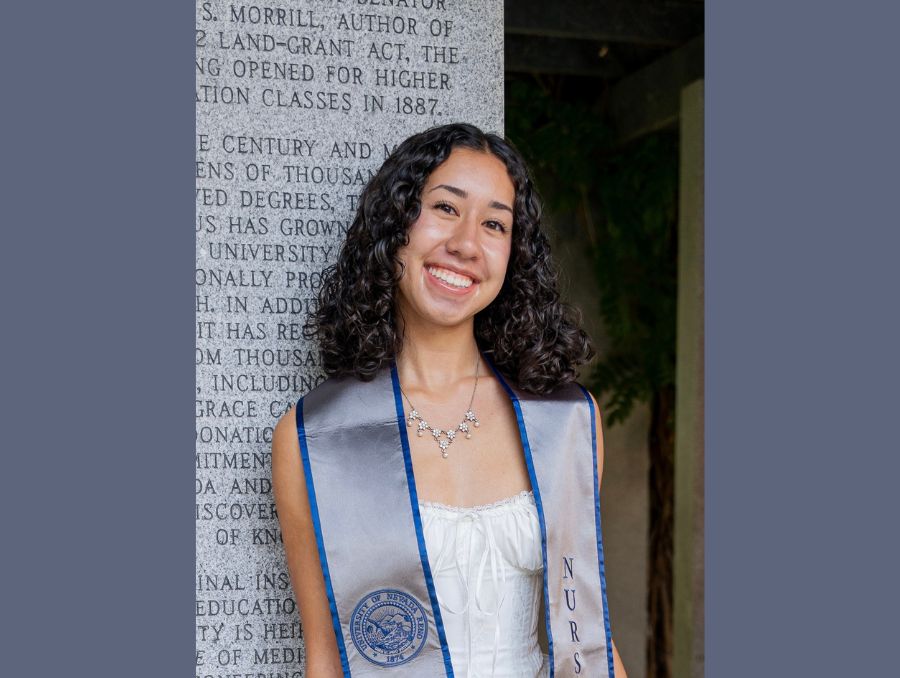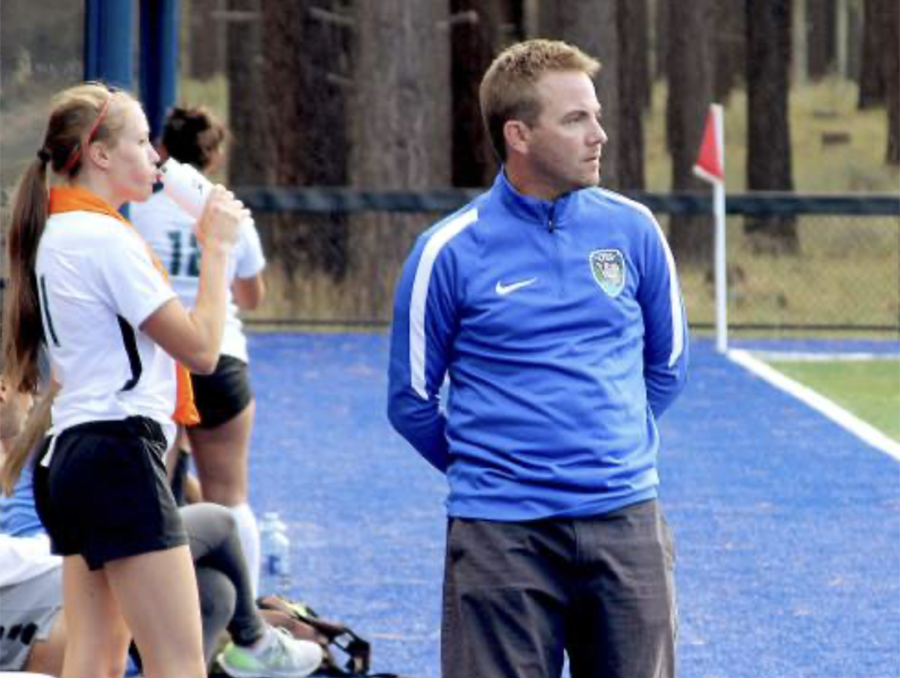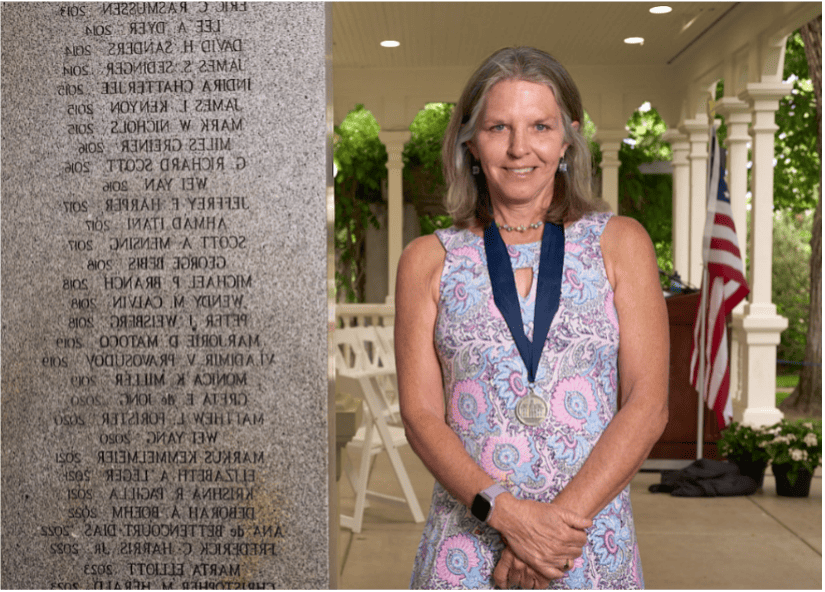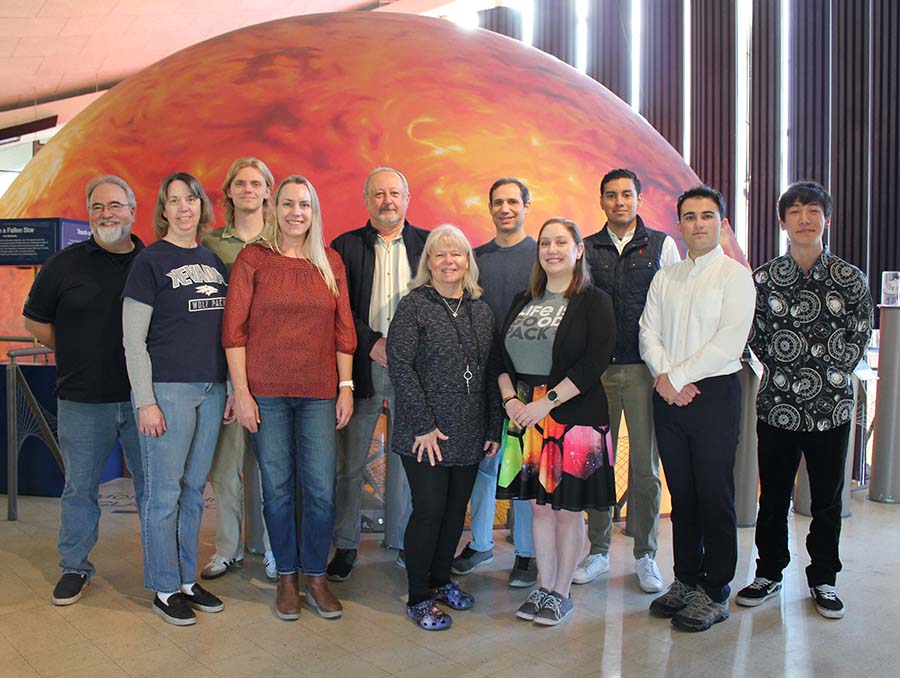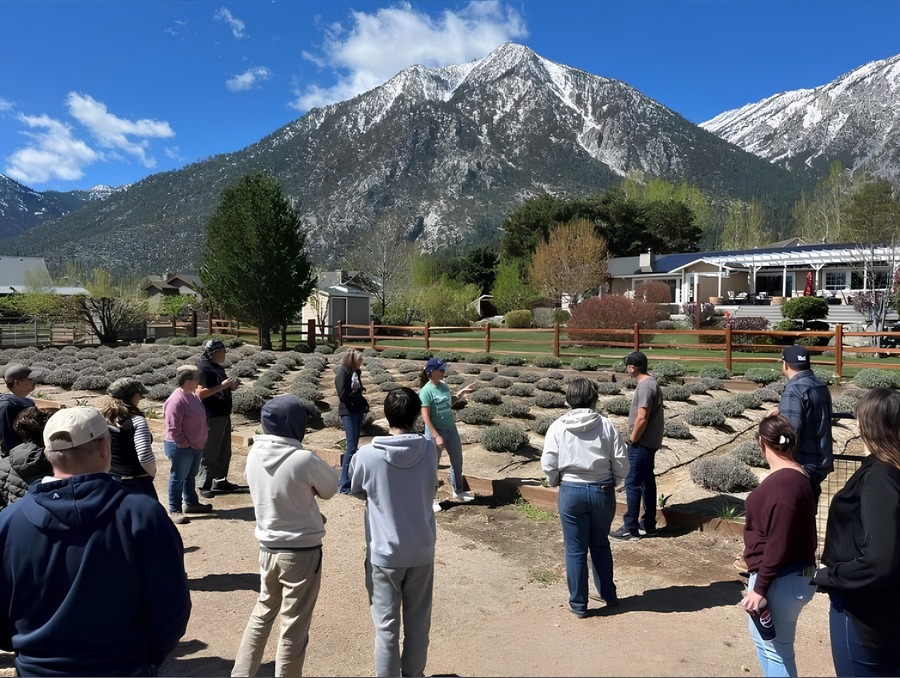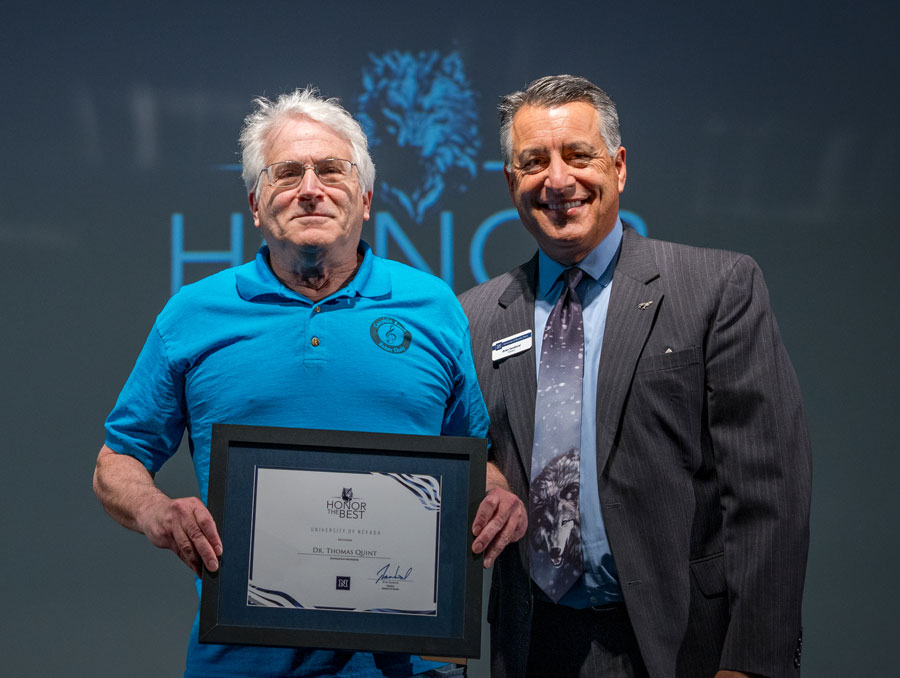After having written and edited 50 scholarly books, the majority of which are about Shakespeare, it's no wonder Eric Rasmussen, Foundation Professor and chair of the University of Nevada, Reno's English Department, was quoted in a New York Times article about Shakespeare's handwriting.
Internationally known as one of the most accomplished Shakespearean scholars, Rasmussen was commenting on new research published by University of Texas Professor Douglas Bruster who claims that 325 lines in the 1602 quarto edition of Thomas Kyd's play, The Spanish Tragedy, were written by Shakespeare and not Ben Jonson, as academics believed for decades. Because of a record of payment to Jonson for some additions to a play with a similar name, academics assumed those additions must have been for The Spanish Tragedy.
Sophisticated computer analysis on these lines, which were added to the later version of the play, supports the theory they were authored by Shakespeare. Bruster's work on the Additional Passages, as they are called, takes it further.
"Other people have done stylometric analysis on the lines by looking at word frequencies or combinations of words," Rasmussen said. "Doug went back to three pages of a manuscript that Shakespeare wrote and was able to identify some of his personal idiosyncrasies in the Additional Passages of The Spanish Tragedy, which could be said to have Shakespeare's stylistic fingerprints all over it.
"This is an additional piece of evidence, another piece of the puzzle. It's not the absolute truth, but in addition to circumstantial evidence, it seems like the spellings and idiosyncrasies of Shakespeare are all there."
One of those idiosyncrasies of Shakespeare's handwriting, Rasmussen said, was his tendency to close up his u's which made them look like a's, a definite problem for someone setting type. For example, Gertrude, Hamlet's mother in the 1604 quarto version of the play, showed up as Gertrad in print.
"Another tricky thing for Shakespeare was that he was not really writing for the public. He was writing rough drafts, crossing things out and making notes to himself or a scribe who would transcribe it into what was called fair copy," Rasmussen said.
"A lot of the time when his rough drafts got printed, the poor printer who dealt with the manuscript couldn't figure out where things were scratched out, so both were included," Rasmussen explained. "When you're writing at top speed, you often can't read your own writing. We all know when we dash off a quick note and go back later we may wonder, 'What is this?'"
The inability of the printer to accurately decipher Shakespeare's penmanship may the reason some lines are awkward, a circumstance which led to misreadings and the belief by some that the Additional Passages could not have come from Shakespeare.
The addition of lines to the original play, written in the 1580s, to punch it up in later years would not have been unusual for a playwright like Shakespeare, according to Rasmussen. "It makes all the sense in the world Shakespeare would be the one to do this. Much like today's script doctor, I can see how he would be the play doctor to improve it since he was a working man of the theater," Rasmussen said. "We pretty much know he wrote a scene here and there, and this expands the canon and our understanding of him as a playwright.
"The way Shakespeare revived The Spanish Tragedy was to deploy a method like in Hamlet by having individuals go through tortuous events and talk to the audience about it," Rasmussen said, explaining the psychological realism of the Additional Passages. A father whose son has been killed meets a painter who is also experiencing the pain of losing a son, and they share the complex emotions of a parent losing a child, in part, by asking if one can actually paint grief.
Rasmussen is a huge fan of collaboration, something he calls the whole academic centerpiece. Having collaborated on all but two of his books, he and Jonathan Bate have edited the "Complete Works of Shakespeare" for the Royal Shakespeare Company and are editing a new edition called "Collaborative Plays of William Shakespeare and Others."
"We had to leave a lot of plays out of our first edition because Shakespeare was the sole author in the First Folio, but he frequently wrote plays in concert with someone else," Rasmussen said. "In this book we can see Shakespeare at work as a practicing playwright."
Not only is Rasmussen known for his scholarly research and writing, he is also highly recognized for his excellence in teaching. Having received three of the most prestigious teaching awards within the College of Liberal Arts, the entire University and throughout the Nevada System of Education, he was also named earlier this year as a University of Nevada, Reno Foundation Professor for his exemplary achievements.

